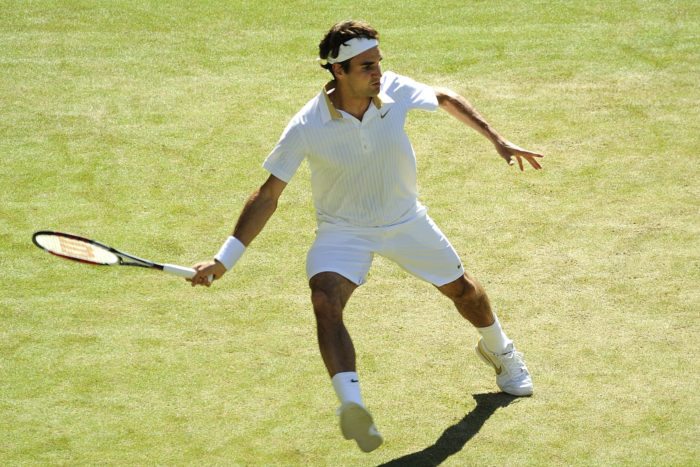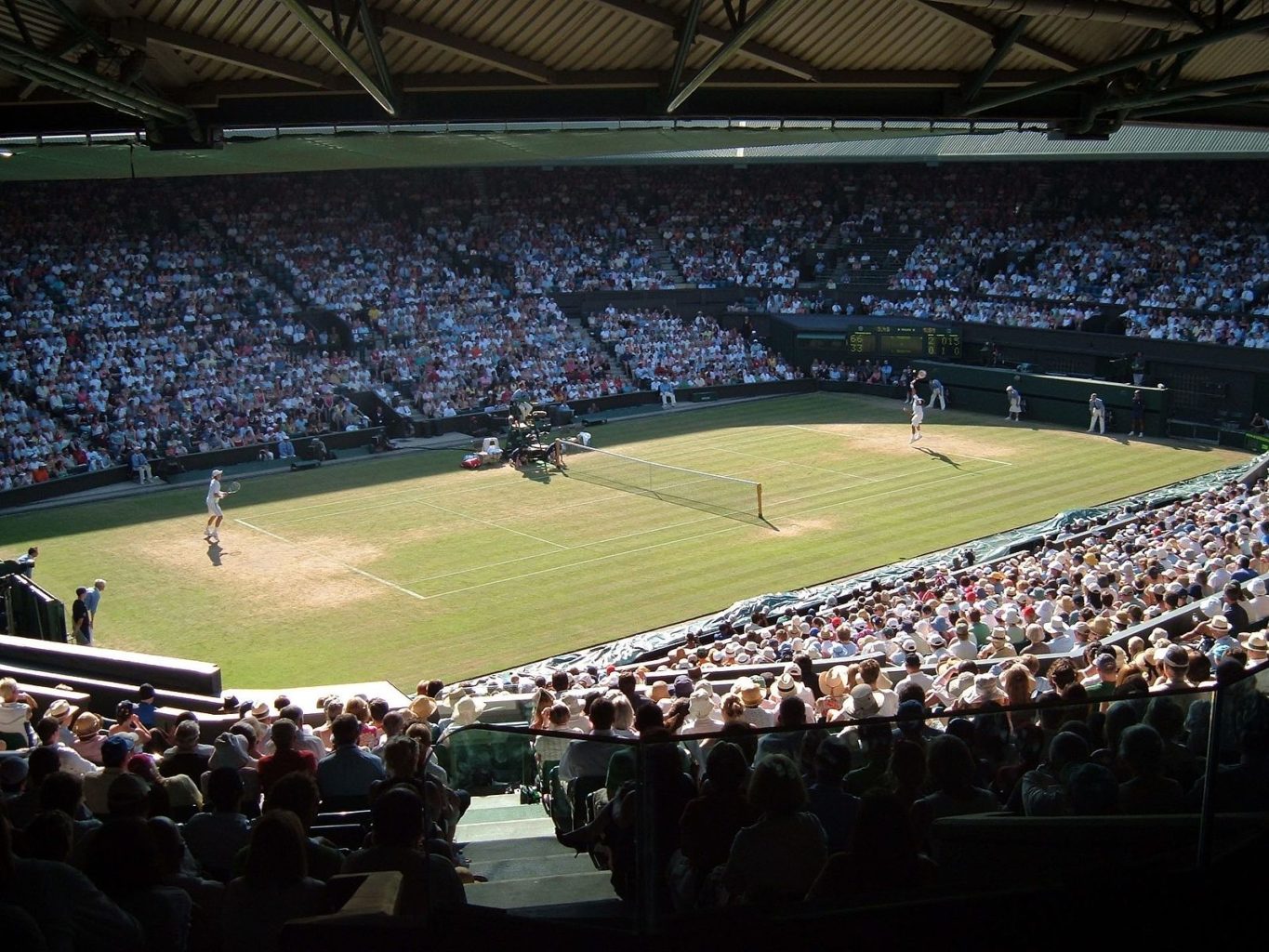Science Explained : How to win Wimbledon… using maths?
It’s that time of year again – strawberries and cream, wall-to-wall BBC coverage and Tim Henman commentating on Andy Murray while trying to hide the envy in his voice. That’s right, Wimbledon is back, and Britain has returned to form by failing to produce any finalists. If they had wanted to win, perhaps Murray and Johanna Konta could have looked at the science.
Nick Ovenden, a mathematician at University College London, has been crunching the numbers and come up with some equations to define the perfect tennis serve. How do we describe such a serve? It relies principally on two elements – firstly, the speed of delivery. A fast serve does not allow your opponent as much time to react (especially when they match the world record of 163.7mph, as recorded in 2012) – on average, just 0.47 seconds.
If they had wanted to win, perhaps Murray and Johanna Konta could have looked at the science…
Simply hitting the ball fast is insufficient though – keeping hitting it to the same part of the court, and your opponent will get wise to it. It also relies on the opposing player being unable to guess how the ball may bounce out of the service box, and this can be achieved by the spin on the ball.
When a tennis ball flies, three forces act on it – gravity, aerodynamic drag and something called the Magnus effect. The Magnus effect comes from the ball spinning as it moves through a fluid (in this case, the air). The fluid near the ball’s surface that is travelling towards the flow is impeded, and so it slows down, and the fluid pressure increases. The opposite happens on the other side, and the pressure difference causes the ball to curve towards the low pressure side.

Image: Justin Smith / Wikimedia Commons
An unpredictable shot using this equation then relies on two elements – being a slice serve, and the amount of top spin on the ball. A slice serve sees the player hit the ball so it spins like a top, causing it to curve from right to left as it crosses the court. The ball has to start travelling to the right so that it can curve back – Ovenden’s equation uses an angle, Ɵ, which is defined as the angle between the intended impact point and the path of the ball as it leaves the racquet. The greater the slice spin, the greater the angle.
Top spin is also a key element. Applying top spin to a shot leads to a negative lift force, making the ball loop down towards the ground at a steeper angle, making the bounce higher and wilder, and therefore more difficult to return. A combination of these two elements should guarantee some element of consistency in hitting shots, but make them far trickier to respond to.
New research from the University of Sussex found that players tend to grunt in a higher pitch in matches that they’re losing…
So, say you’ve mastered this – how can you tell if it’s wearing your opponent down? New research from the University of Sussex found that players tend to grunt in a higher pitch in matches that they’re losing, with the frequency increasing throughout the match. You don’t even need specialist equipment for this – when players were shown two clips of grunting with no other information, they could identify which clips were winning and losing with almost 100% success rate.
You’re on centre court, ready to win. Turn your mind to the maths, keep your ears on your opponent, and you could be leaving with a victory.

Comments